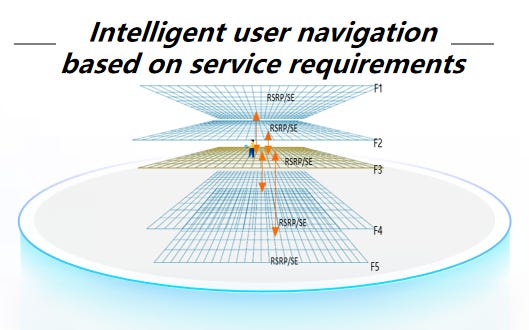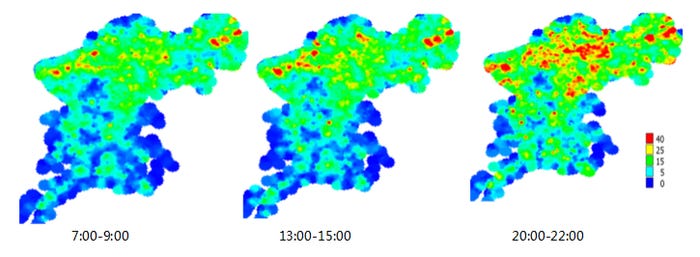Operator China Telecom and Chinese vendor ZTE have put their best brains together and created a self-adaptive spatiotemporal cognitive network, which is easy for them to say.
May 27, 2022

Operator China Telecom and Chinese vendor ZTE have put their best brains together and created a self-adaptive spatiotemporal cognitive network, which is easy for them to say.
The self-adaptive spatiotemporal cognitive network is based on ZTE’s Radio Composer, which is designed to help maintain connectivity in ‘high-capacity scenarios’ – which presumably means where lots of people are trying to get on the network at once in a small area, like a football stadium.

The spatiotemporal gubbins I supposed to synch up network resources with traffic distribution more precisely and efficiently through ‘on-demand elastic coverage of two-layer network’. It I claimed that the network intelligently predicts traffic distribution and can react accordingly, while LSTM (Long Short-Term Memory) algorithms analyse and predict traffic distribution on a physical grid level.
What’s the point of that? Having made its predictions, the spatiotemporal cognitive network implements a power scaling function to ‘achieve flexible coverage adjustment.’ Basically this means it provides more power to cover the high-load areas and decreases power in the low-load areas, which it says ‘precisely’ matches radio resources with demand. Apparently the network also establishes an AI logic grid knowledge base of base stations, in order to further balance network efficiency.
There’s not even the usual canned quote explaining how revolutionary the technology is and how proud they are etc, which sometimes make for vacuous statements but do at least add a bit of humanity to very technical announcements. Instead China Telecom and ZTE seem content to put their hands up and tell us they’ve finished off a nice new project and leave it at that, which is fair enough.
So there you have it, AI powered self-adaptive networks. It’s not quite ‘self-aware’, but we’re getting there…

Get the latest news straight to your inbox. Register for the Telecoms.com newsletter here.
About the Author(s)
You May Also Like








.png?width=300&auto=webp&quality=80&disable=upscale)


_1.jpg?width=300&auto=webp&quality=80&disable=upscale)


.png?width=800&auto=webp&quality=80&disable=upscale)